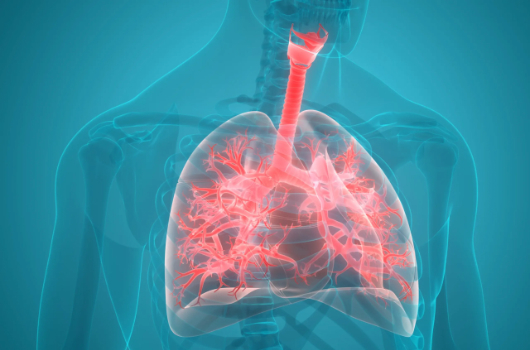Respiratory Trend Report
Week ending November 16th, 2025
HealthTrackRx
Trend Update
Nationwide, influenza activity is now at 2.7% positivity, with the highest positivity seen in Texas, Louisiana, Alabama, and Florida. Texas currently has the highest influenza activity this week, with a positivity rate of 8.2%. Washington State lead influenza positivity last week at 6.5%, but this has fallen to 2.7% for the week of November 10th.
Like the current influenza rates, the positivity rate for RSV continues to climb and is at 2.7% positivity across the country this week. Florida leads RSV positivity, hovering at 11.0% positivity, with other states such as Texas and Georgia showing increasing RSV cases as well.
Respiratory Trend Report
Week ending November 16th, 2025
Get Updates
HealthTrackRx
Trend Update
Nationwide, influenza activity is now at 2.7% positivity, with the highest positivity seen in Texas, Louisiana, Alabama, and Florida. Texas currently has the highest influenza activity this week, with a positivity rate of 8.2%. Washington State lead influenza positivity last week at 6.5%, but this has fallen to 2.7% for the week of November 10th.
Like the current influenza rates, the positivity rate for RSV continues to climb and is at 2.7% positivity across the country this week. Florida leads RSV positivity, hovering at 11.0% positivity, with other states such as Texas and Georgia showing increasing RSV cases as well.
Infection Trends
Infection Trends
Seasonal Outlook
Seasonal Outlook
Trending Up
Trending Down
Remaining Level
Trending Up
Trending Down
Remaining Level
7 Day Influenza Virus A/B Map

This report reflects observed trends in HealthTrackRx testing positivity data, does not convey medical advice, and is provided for informational purposes only. Individuals experiencing respiratory symptoms should consult with their healthcare provider.
Download Respiratory Trend Reports [PDF]
HealthTrackRx Respiratory Resource Library
HealthTrackRx Respiratory Resource Library

Dr. Pallavi Upadhyay • Sep 22, 2025

HealthTrackRx • Apr 17, 2025

HealthTrackRx • Jan 21, 2025


